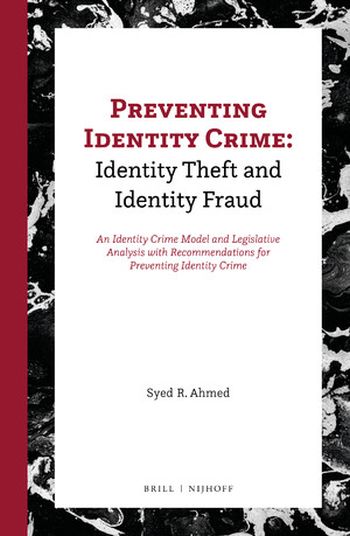We are now closed for the Christmas and New Year period, returning on Monday 5th January 2026. Orders placed during this time will be processed upon our return on 5th January.

Identity crime, which encompasses both identity theft and identity fraud, is one of the fastest growing crimes around the world, yet it lacks its own identity: there is no universally accepted definition, little understanding of what the crime is or should be, and no legal framework placing the crime into a coherent and effective grouping of criminal sanctions. In this book, Dr. Syed Ahmed addresses and proposes solutions for resolving these issues and tackles head-on the various facets of what is needed to deal with Identity Crime. A comprehensive and an exhaustive study of different types of Identity Crime is conducted and practical recommendations for preventing and minimizing the impact of identity crime is presented for all to consider.